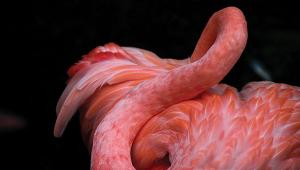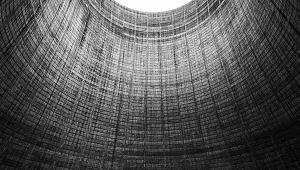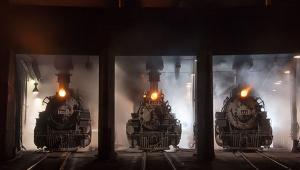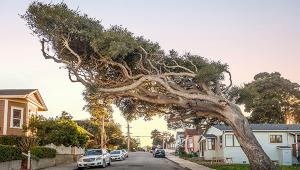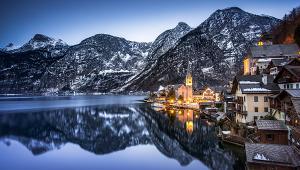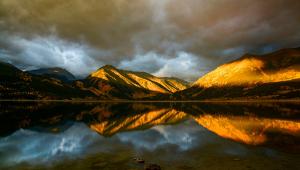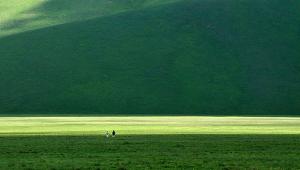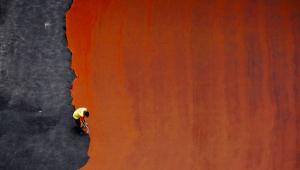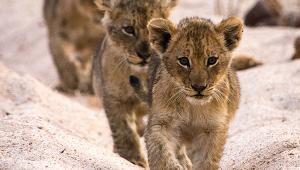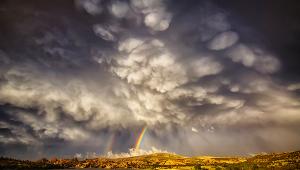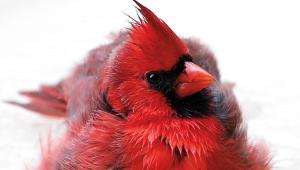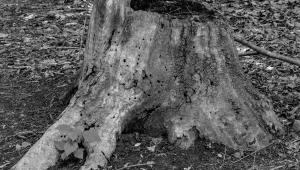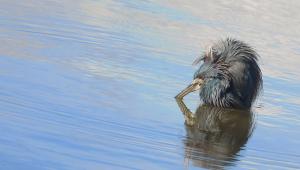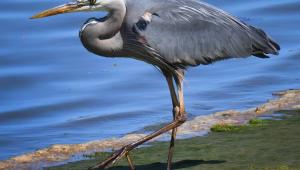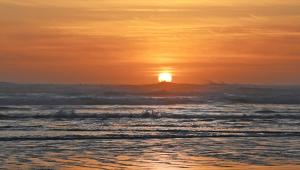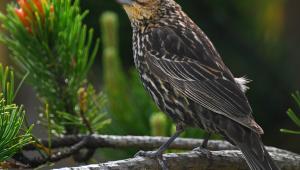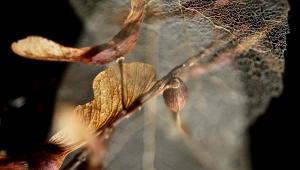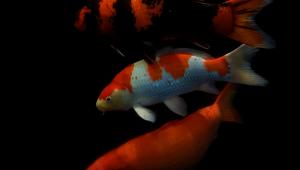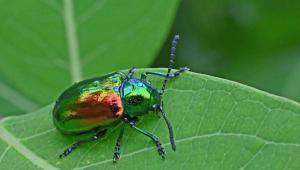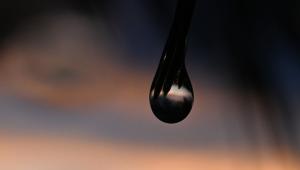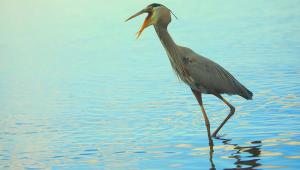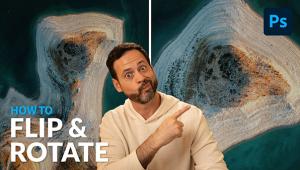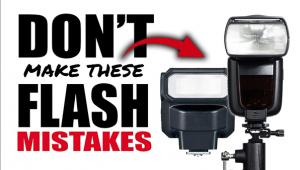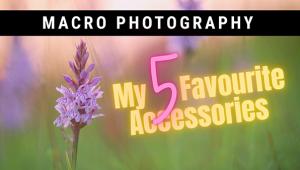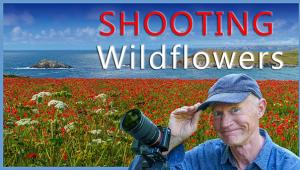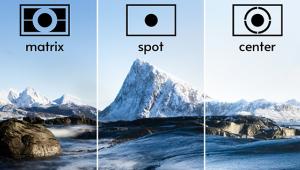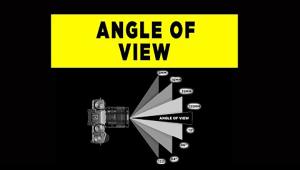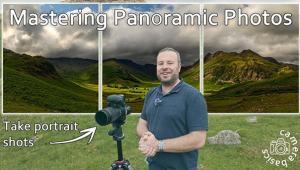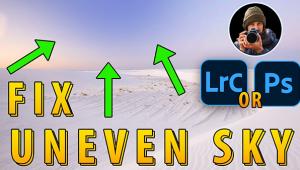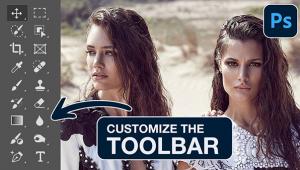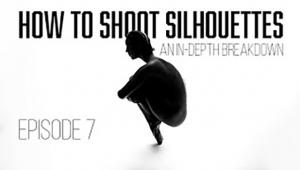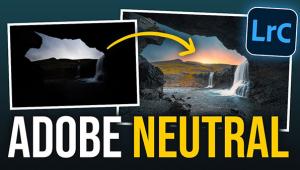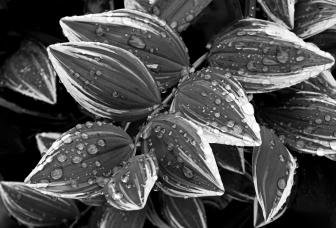Panoramics

Santorini

© David Veal
Evening Storm

© Ed Knight
Boys’ Choir

© Alan Johanson
Gondola In The Mist

© Benjamin Zelermyer
Storm Over Lake Worth Lagoon

© Robert K. Bailey
From A Helicopter

© Todd Quam
Roman Forum

© Ronald L. Stevens
California Girl(s)
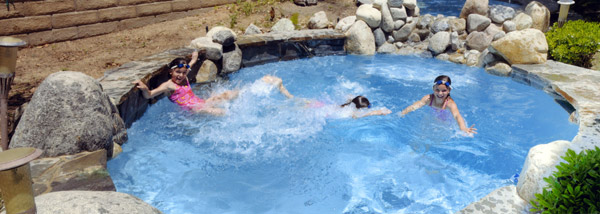
© Robert Ciardi
Monterey Boats

© Steve Miller
Play Ball!

© Kristoffer Cox
Plaza Mayor, Salamanca, Spain

© Eva Gryk
On Approach

© Matthew C. Fischbach
Photo Finish

© George J. Reitbauer
Tofino, Vancouver Island, BC

© Ed Matisoff
Picture This! – Our Next Assignment
Negative Space
Shadows play an important role in photography. They define shape, size, and often distance, and create visual play for the eye as it looks at the scene. Often called “negative space,” deep shadows, where little or no detail resides, can also play an important compositional role, as they do here in this photo of the Rio Pueblo River outside Taos, New Mexico, taken with a Canon PowerShot G11 with an exposure of f/4 at 1/1000 sec, with exposure locked on the bright side of the valley wall. Our next Picture This! assignment is to send us images utilizing negative space, be they landscapes, portraits, cityscapes, or abstracts, and to show how they can bring a strong compositional influence to every subject and scene.

Please Read This
It is important that you read and follow these guidelines. We need to follow
this procedure because of the large volume of images we receive. If you have
any questions, please e-mail us at: editorial@shutterbug.com.
1) Images sent to us cannot be returned. You retain complete copyright over the images, but do grant us permission to print your image(s) in the magazine and on our website, www.shutterbug.com.
2) Because images are not returned please send a quality print or duplicate transparency. We will not accept or view images on CD, ZIP, or any other electronic media.
3) Images will be selected on the basis of content and technical quality. Please mark your outer envelope with the topic of the month (for example, “Wide View”).
4) Enclose a short caption with the image stating camera, lens, film and exposure, plus location. If you are submitting an image with a recognizable person we must have a model release or signed permission from that person to reproduce their image in the magazine and on the website.
5) Please submit no more than three photos for consideration (4x6 up to 81/2x11).
Send your image and information to:
Picture This! Shutterbug Magazine,
1415 Chaffee Dr., Suite #10, Titusville, FL 32780.
Deadline for submission: December 15, 2012.
Images will appear in our March 2013 issue.
Our next topic: Patterns
Deadline: January 15, 2013
Publication Date: April, 2013
Please note: We receive hundreds of submissions for Picture This! each month and want to be sure we properly identify each image we publish. Please put your name and all camera, exposure information on the back of the print or attached to slides when submitting. Also, please include your e-mail address in case we need to contact you.
Want to see images selected for past Picture This! assignments? Go to www.shutterbug.com and click on Picture This! in the “More Articles…” box on the homepage.
Please note: If you submit images with an enhancement through software beyond contrast, exposure, and simple saturation adjustments please indicate the software and “filter” used to attain that effect.—Editor
